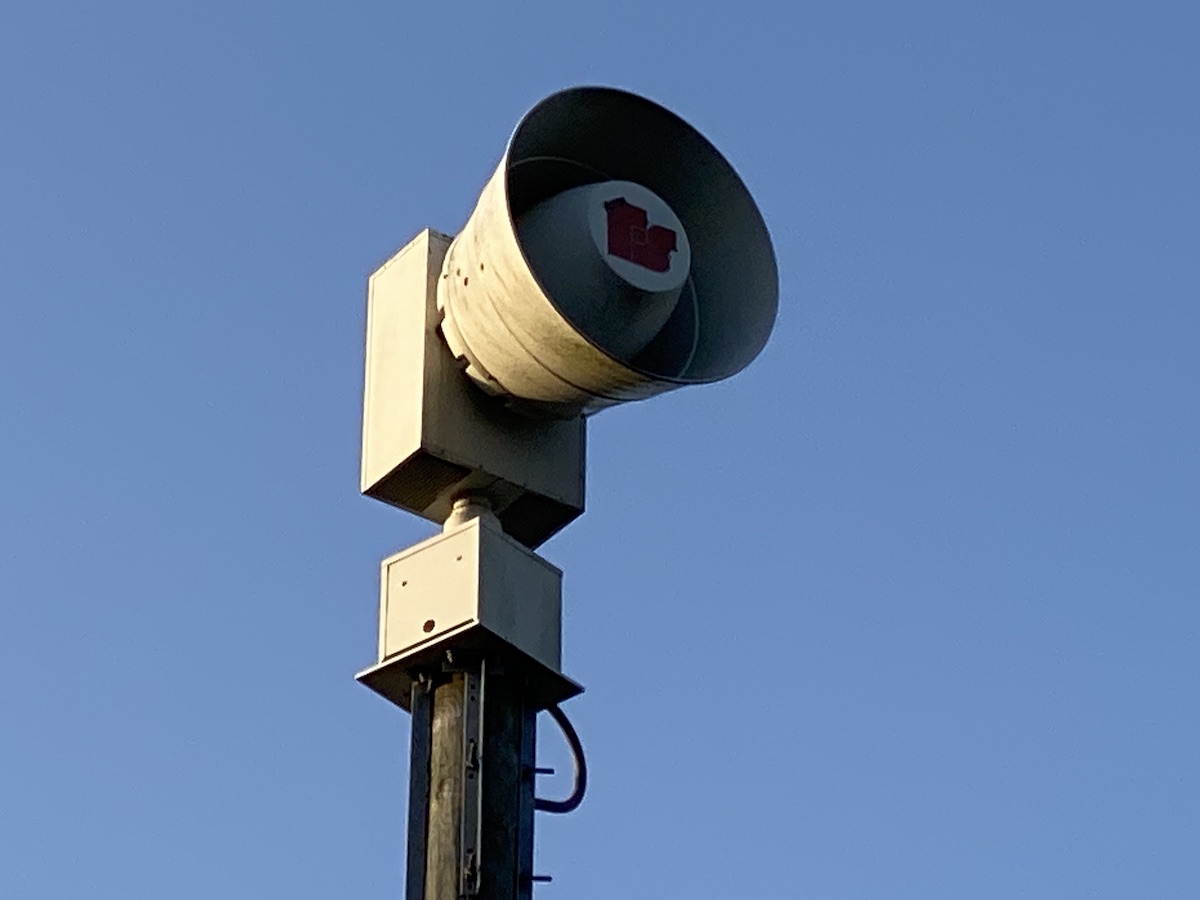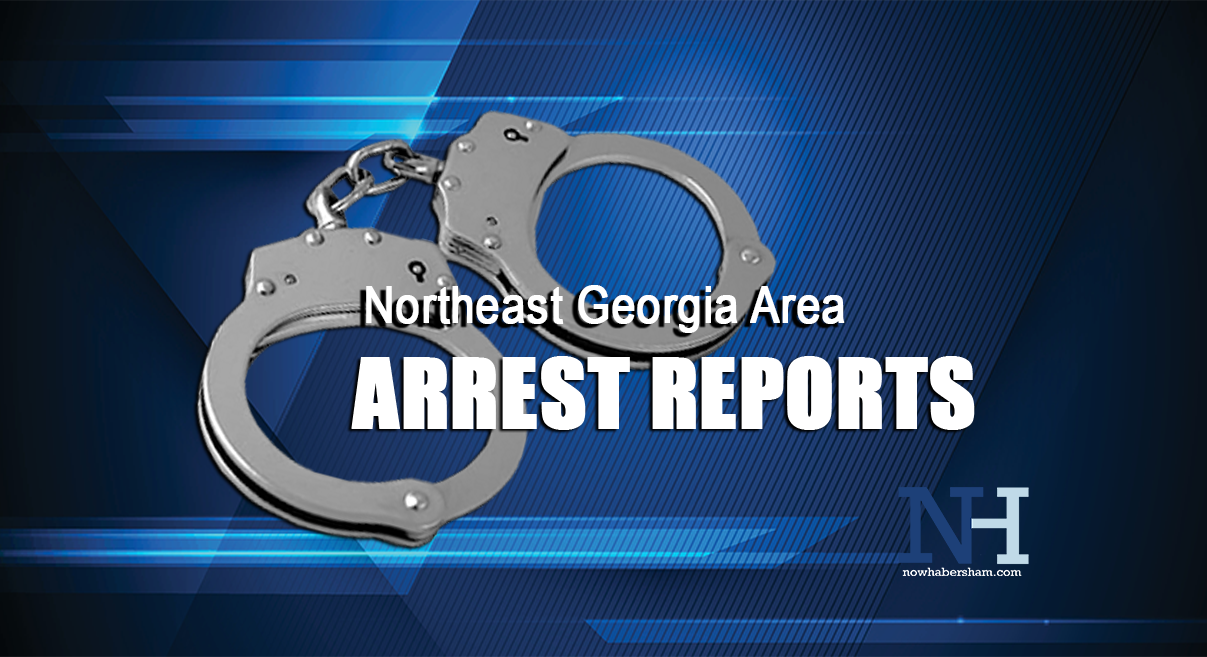
The Georgia Emergency Management and Homeland Security Agency (GEMA/HS) will hold a statewide tornado drill Wednesday, Nov. 4, at 9:30 a.m. This event coincides with Fall Severe Weather Preparedness Day.
“Tornadoes can occur anywhere in Georgia at any time, so it’s important to be prepared,” said GEMA/HS Director Chris Stallings. “Knowing how to properly respond to this type of event can save lives.”
The National Weather Service (NWS) will send out a customized Routine Weekly Test (RWT) at 9:30 a.m. via NOAA Weather Radio. GEMA/HS encourages all Georgians to participate in the drill. To learn more about how to prepare, plan and stay informed about tornadoes, read the following tips:
Before a drill
- Make a “Ready Kit” for at least three days of self-sufficiency.
- Familiarize yourself with the terminology used to identify a tornado hazard. A tornado watch means weather conditions are favorable for tornadoes to develop. A tornado warning means either a tornado is occurring, or expected to develop shortly in your area and you need to take shelter immediately.
- Determine in advance where you will take shelter during the tornado drill. • Storm cellars or basements provide the best protection.
- If underground shelter is not available, an interior room or hallway on the lowest floor possible is the best option.
- In a high-rise building, go to a small interior room or hallway on the lowest floor possible. During a drill
- Announce the start of the tornado drill and inform participants that they should act as though a tornado warning has been issued.
- Evacuate participants just as you would if you were taking shelter during a tornado warning. Use stairs to reach the lowest level of a building; avoid using elevators.
- Once participants reach the designated safe area, they should crouch as low as possible to the floor, facing down and covering their heads with their hands.
- Once everyone has been evacuated and taken cover, announce that the drill is over.
After a drill
- Review the drill to identify any necessary changes or improvements to your tornado safety procedures. For example:
Do more safe areas need to be identified?
Do the designated safe areas need to have clutter removed or need to be cleaned out to be more accessible? - Does everyone know the fastest routes to take shelter in the safe areas? • Is there a better method for letting everyone know of an approaching tornado needed?
For more information on preparing for severe weather, contact your local EMA or visit the Ready Georgia page or www.gema.ga.gov.






